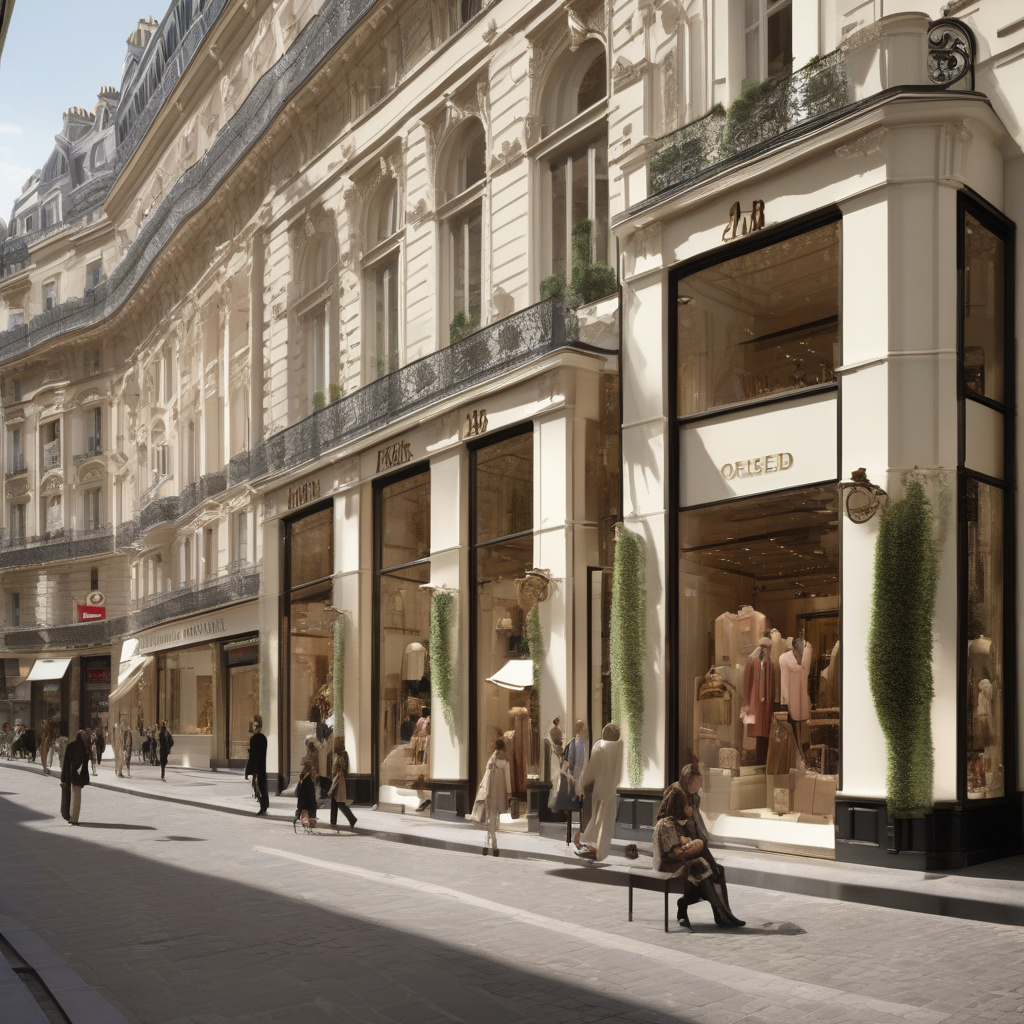Luxury Slump Hits Shop Openings Across Europe’s Toniest Streets
In the realm of high fashion, the allure of luxurious storefronts along Europe’s most exclusive streets has long been a symbol of prestige and opulence. However, a notable shift has been observed in the retail landscape, signaling a significant change in the industry’s trajectory. Fashion’s biggest firms have noticeably scaled back on their retail expansion efforts, with fewer store openings recorded in 2024. This downturn in store openings can be attributed to the overarching trend of a luxury slump that has impacted the world’s most coveted shopping destinations.
The luxury slowdown that has reverberated across the global fashion market has had a tangible impact on the retail strategies of renowned fashion houses. Traditionally, prestigious brands have sought to solidify their presence in key fashion capitals, such as Paris, Milan, and London, by unveiling flagship stores along the glamorous boulevards that define these cities. These store openings not only served as physical manifestations of brand identity but also as strategic tools to attract affluent clientele and establish a sense of exclusivity.
However, the dynamics have shifted as the industry grapples with changing consumer behaviors, economic uncertainties, and evolving market trends. The data from 2024 indicates a discernible decline in the number of new store launches by major fashion players, signaling a cautious approach to expansion in the face of challenging market conditions. This strategic pivot underscores a broader acknowledgment within the industry of the need to recalibrate traditional retail models to align with the demands of a rapidly evolving landscape.
One of the primary factors contributing to this shift is the changing preferences of luxury consumers. In an era characterized by digital connectivity and e-commerce dominance, the concept of luxury shopping has transcended physical store visits to encompass online experiences and virtual interactions. As a result, fashion houses are increasingly prioritizing digital channels and e-commerce platforms to engage with consumers and drive sales, thereby influencing their decisions regarding brick-and-mortar expansions.
Moreover, the luxury slump has been exacerbated by external factors such as geopolitical tensions, supply chain disruptions, and shifting global economic conditions. These multifaceted challenges have compelled fashion brands to adopt a more cautious and discerning approach to their retail strategies, with an emphasis on optimizing existing store networks, enhancing omnichannel capabilities, and exploring innovative ways to connect with consumers in an ever-evolving marketplace.
Despite the prevailing headwinds, it is essential to recognize that the luxury sector remains resilient and adaptable. While the traditional model of expansive flagship stores may be undergoing a reevaluation, this period of introspection presents an opportunity for brands to innovate, experiment, and redefine the paradigms of luxury retail. By embracing digital transformation, fostering creativity, and prioritizing sustainability, fashion houses can navigate the current challenges and emerge stronger and more agile in a post-pandemic world.
In conclusion, the luxury slump that has impacted shop openings across Europe’s toniest streets signifies a broader transformation taking place within the fashion industry. By acknowledging the shifting consumer landscape, embracing digital innovation, and responding proactively to market dynamics, fashion brands can navigate the current uncertainties and position themselves for long-term success in a competitive and ever-evolving market environment.
luxury, fashion, retail, European streets, consumer behavior












